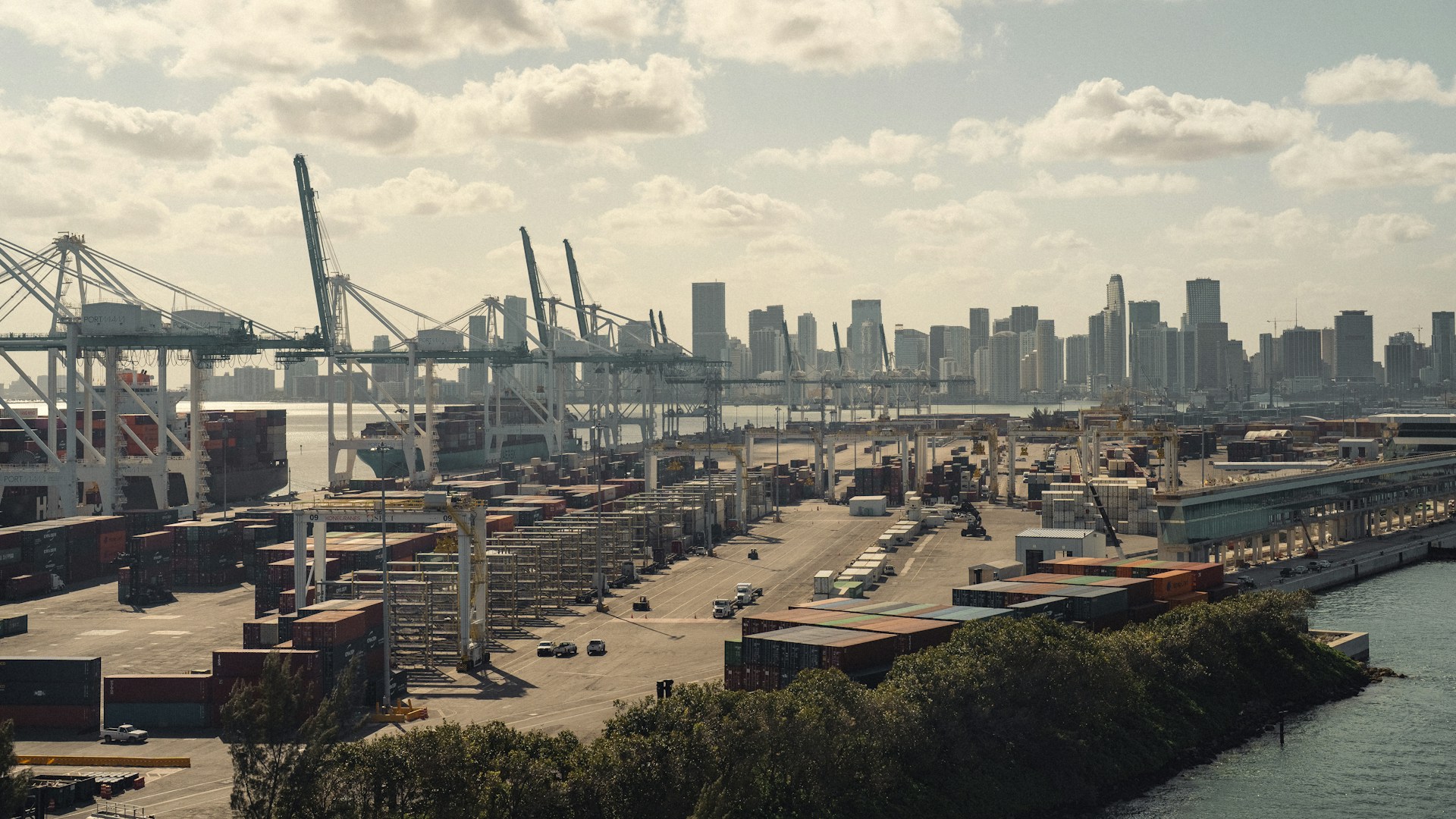According to a new Government Accountability Office (GAO) report, ongoing challenges in submarine production are expected to cost taxpayers hundreds of millions of dollars.
The Navy is in the midst of modernizing its submarine fleets, with new programs underway to build Virginia-class attack submarines as well as Columbia-class ballistic missile submarines, which will replace the Ohio-class as the sea-based leg of the U.S. nuclear triad. The Navy considers the Columbia-class subs its top modernization priority, and is planning to spend nearly $130 billion to develop and procure 12 of them.
Despite this stated priority, production on the Columbia-class subs has been painfully slower than expected. In April, the Navy announced that the lead submarine was an estimated 12 to 16 months behind schedule, a delay that could jeopardize its planned deployment in 2030. While the Navy argues that aggressive efforts to address systemic issues like workforce capacity and material delays could bring the delivery timeline back down, GAO argues that “as construction progresses, the window of opportunity when the program can mitigate challenges to limit schedule delays shrinks further.”
As for cost, GAO “calculated likely cost overruns that are more than six times higher than Electric Boat’s estimates and almost five times more than the Navy’s. As a result, the government could be responsible for hundreds of millions of dollars in additional construction costs for the lead submarine.” GAO cited slow work instruction issuance, poor work instruction quality, and lower than planned material availability as key contributors to cost growth to date.
Looking ahead, GAO reports that “delays and cost growth will likely continue and get worse.” Specifically, GAO reported that a failed plan to accelerate delivery of super modules for the submarines has compressed the timeline for final assembly and testing, meaning that “the program will have less time than planned to identify and resolve problems, increasing the risk of additional delays to delivery.”
Another part of the problem is that Electric Boat, one of the companies responsible for building the Columbia-class submarines, has produced “inadequate” cost and schedule estimates and analyses that “do not adequately incorporate risk factors or reflect past performance.” For instance, Electric Boat’s analysis “assumes a dramatic performance improvement instead of more likely performance levels informed by historical trends.”
GAO also reports that increased levels of concurrency—overlap between design and production—could lead to further delays by complicating calculations for submarine delivery timelines. The F-35 Joint Strike Fighter program also had high levels of concurrency in the name of accelerating deliveries, but ironically, concurrency caused major delays in the program and is partly responsible for the F-35’s current full mission capable rate, which languishes around 30 percent.
In its report, GAO lists five open recommendations for the Navy, which the Department of Defense has concurred with but has yet to implement, to reduce the risk of further cost growth and schedule delays. These recommendations include:
- Making Electric Boat revise its cost estimate to incorporate program risks and estimate program performance based on historical trends.
- Making Electric Boat report on key elements of variance analysis in order to better address future risks.
- Working with Electric Boat and Newport News to identify the necessary information to determine whether production improvements and cost savings are supporting program goals.
- Ensuring adequate resourcing and staffing for quality assurance oversight of outsourced work.
- Updating plans for submarine outsourcing, including expected hours and locations of outsourced work.
Taxpayers for Common Sense agrees with these recommendations and joins GAO in urging the Navy to implement them expeditiously.
However, we also believe that the Navy, as well as policymakers in Congress, must go further by holding the shipbuilding industry accountable for its failure to adequately invest in its workforce. As we reported in September, the Navy has awarded at least two separate contracts in recent months, at a cost to taxpayers of $2.4 billion and $950 million respectively, to support the submarine industrial base and address challenges in workforce capacity.
While addressing these challenges is important, we believe the industry should be covering the cost of hiring and training its own workforce, not taxpayers. Recent financial data for companies responsible for building submarines indicate that these companies have the funds to invest more in workforce capacity and other essential inputs for production, but have chosen instead to inflate their stock prices by repurchasing their own stocks. As long as the Pentagon keeps throwing money at workforce recruitment for the submarine industry with no accountability for the industry’s failure to invest in itself, these companies will have no incentive to change their behavior, and taxpayers will continue to pay the price.
- U.S. Navy illustration/released, Public domain, via Wikimedia Commons











Get Social